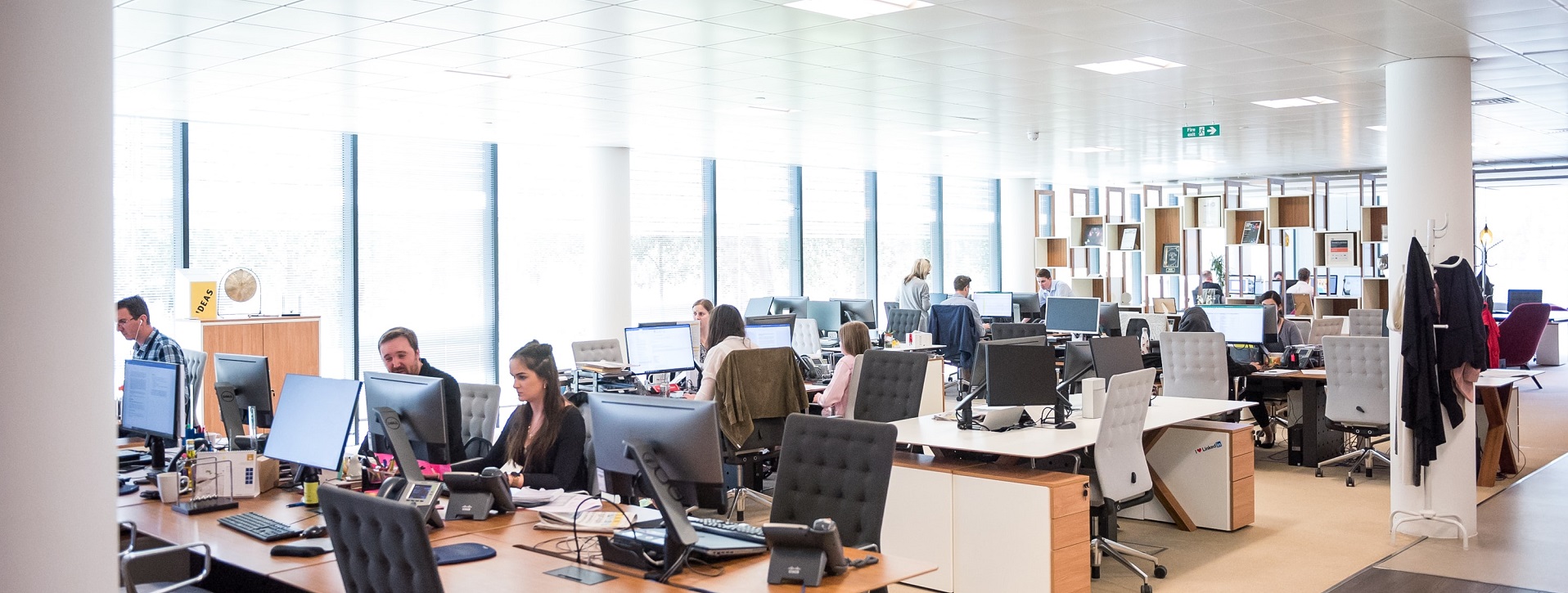Strategic call deflection empowers your customers while saving you time and money.
There’s no question that the current global pandemic has challenged how businesses operate and interact with their customers. So much so that Telstra’s reported a 50% increase in call volumes, reaffirming Jeff Bezos’s view that customer expectations “are never static- they go up”.
Now more than ever, with today’s “I want it right here, right now” mentality and rising customer expectations, it’s essential for businesses to review and streamline their processes to meet ongoing demands.
So, the burning question is – how can we deliver a great customer service experience, without investing in an entire floor of tele-support staff?
Put simply, start by identifying customers that want to call your business versus the ones that need to, and serve them accordingly. Centred on customer empowerment, call deflection focuses on understanding the needs of the individual and why they’re calling before redirecting their enquiry to the best channel for a quick and accurate result. Often via a self-serve channel, call deflection prioritises the transition of inbound telephone interactions to relevant digital channels, relieving your team from having to physically answer each and every call.
A win-win situation, call deflection enables your business to offer a better customer experience, while reducing the burden of costly enquiries on your contact centre team. And with 89% of businesses competing mainly on customer experience, a successful call deflection strategy is advantageous for optimising your business’s customer retention and acquisition profitability.
Our top 3 considerations for an effective call deflection strategy
There are three primary areas businesses should consider when planning an effective call deflection strategy.
1) Proactive customer communications
A Zendesk sponsored customer service survey revealed that 65% of respondents “blamed their bad customer service experience on it taking too long to resolve”. Customers want fast solutions to their problems, and long call waiting times instigate higher abandonment rates and potential customer churn. For any call deflection strategy to be successful, businesses will have to be able to answer enquiries efficiently.
Taking this a step further, automated communications can be rolled out to deliver helpful information before a customer even picks up the phone.
Using loan applications as an example, once an application is submitted, finance organisations could automatically send an SMS landing page or create a Mobile Journey with Esendex to set clear expectations of next steps. By proactively providing answers to popular FAQs and sending regular SMS updates, the automated follow-up communications will provide loan applicants with reassurance and minimise their urge to phone in.
2) Enhancing self-serve options
With 56% of Australians opting to self-serve through online resources before getting in touch with customer support, prompting customers to resolve their own queries is essential for effective call deflection. However, customers’ self-service capabilities are directly reliant on companies providing adequate support information online.
By diligently monitoring inbound calls, businesses can identify customer query trends and correlations between intent and call types. Once that’s established, companies can then intuitively create and adapt informative resources such as FAQs web pages, how-to videos and virtual support.
For example, if the bulk of customers are calling to make payments, businesses can consider executing a Mobile Payment solution that notifies individuals of missed payments and provides instructions on how to make a mobile payment.
3) Correct technology implementation
It’s important to note that call deflection is not an excuse to avoid customer interactions, but rather, giving customers the control to switch to digital channels prior to opting to proceed with the call. This is particularly relevant for crisis-type calls where 57% of customers will still prefer voice call support for complex issue resolution, requiring your contact centre staff to be on hand..
With appropriate technology in place, businesses can implement efficient customer service processes and resolve queries effectively via alternative channels.
To put it in context, with Esendex’s omnichannel chat, logged-in employees can view ongoing customer service conversations and access a full backlog of messages. This not only enables your employees to manage multiple queries at a time, but will also allow them to follow up and resolve outstanding customer conversations from team members who may be away on the day.
Power-up your customer retention and acquisition with strategic call deflection today
With over 45,000 clients worldwide, Esendex supports businesses with achieving their KPIs via intelligent, mobile-led communication solutions. Tailored to your call deflection strategy, our Omnichannel Chat platform is just one of the many proven ways we can streamline your customer service procedures – maximising your ROI while increasing customer loyalty.
Building on our global industry expertise and technology, the Australian Esendex team can help you to not only reduce overall call volume, but also:
- Increase recipient response by 32.8%
- Increase Net Promoter Scores (NPS)
- Reduce costs associated with both resource and direct mail
Empowering you to run your business more efficiently, our local team can create a bespoke, effective call deflection strategy to complement your industry and niche requirements. Start saving time and money – simply contact us on 1300 764 946 or email [email protected] to get started.

